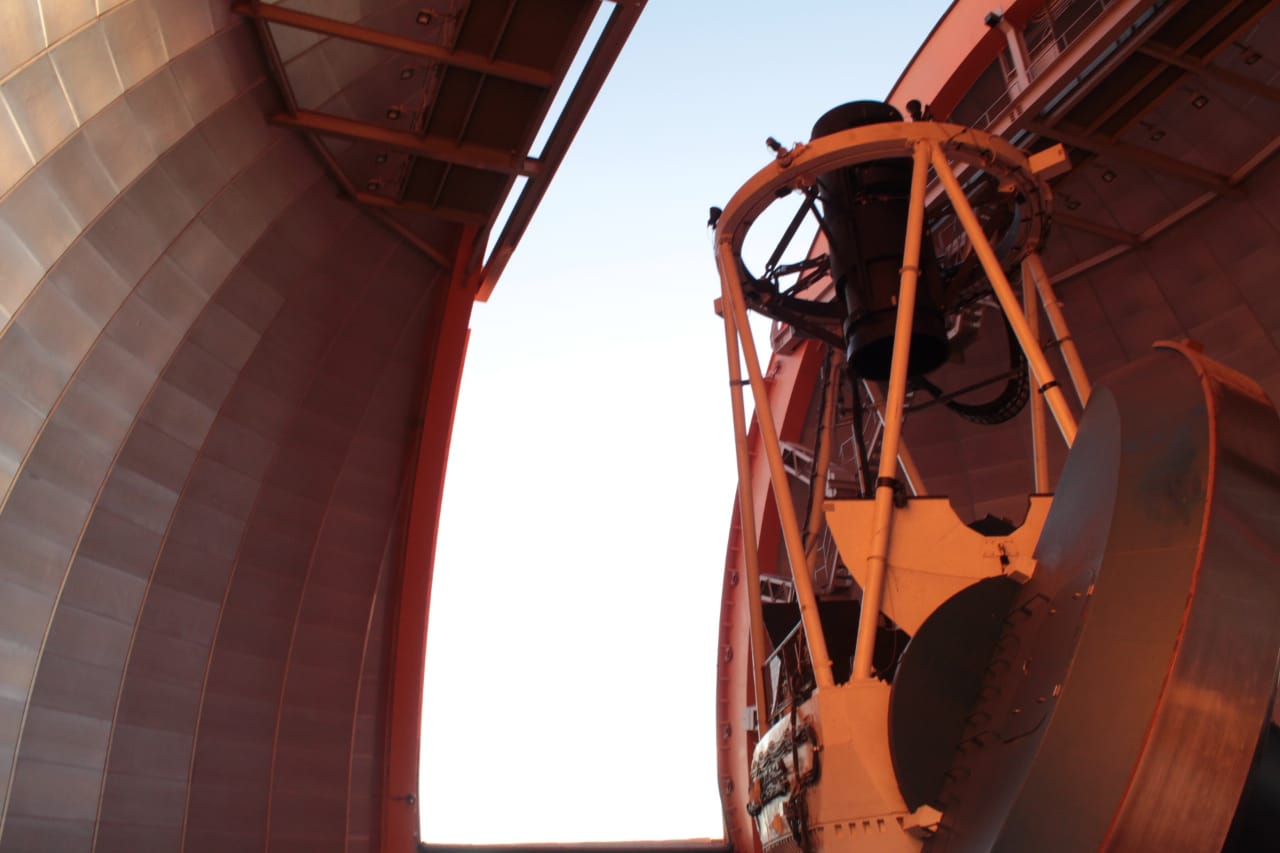|
||||||
Scientists Refine Solar System Asteroids’ Analysis
The investigation advances in the study of the genesis of our Planetary System and discovered more than 4000 asteroids after a week of observations. The results were published in the Astronomical Journal.
Asteroids and Earth share a common history. No better example than the asteroid that fell in the Yucatan Peninsula (Mexico) approximately 66 million years ago,. Somewhere between 10 and 18 kilometers in diameter, its collision led to the extinction of dinosaurs ... today astronomy has discovered something new about these errant objects of the Solar System.
"Not long ago, astronomers obtained most observations of the asteroid belt - an area located between the planets Mars and Jupiter with literally tens of thousands of wandering objects - primarily by targeting telescopes toward the area they are most abundant, the strip of sky where the Sun and planets appear“, explains José Peña, a PhD student in astronomy from FCFM, University of Chile.
Despite the above, this investigation used observations made in a different area, far from the ecliptic. "We found 5700 asteroids where 4500 were completely new, most of them smaller than 10 kilometers in diameter." explains the researcher at the CATA (“Center for Excellence in Astrophysics and Associated Technologies” in english) and the Millennium Institute of Astrophysics MAS.
An Spinning Space Lab
Science rejoices not only for what it finds, but also for what it does not find; this is a good example of the latter. Peña explains that "a typical parameter to analyze the surface of asteroids is Color, which measures the differences in brightness in different ranges of light", being their accurate measurement a key property for large surveys coming online in the next few years.
"What we learned from this research was that to obtain relevant data from these objects, we must do so with observation intervals of less than a quarter of an hour. This is important since asteroids’ rotation changes their brightness, affecting the observed color if different filters are measured farther apart. We learned that re-observing in less than 14 minutes allows color measurements to still be accurate.”
To collect these data, astronomers used the Dark Energy Camera (DECam) of the Blanco telescope of the Cerro Tololo Inter-American Observatory, taking a year and a half of study before writing the text with the conclusions.
The next step in the investigation is to change the focus out of the Asteroid Belt. “Now we will focus on the moons of different planets such as Saturn and Neptune. There is a type of these objects that is believed they were asteroids that were trapped by the planet (that is, they were independent bodies that at some point in their history crossed the path of a planet in such a way that they became captured, rotating around it ever since). With methods similar to those used when analyzing asteroids, we look for similarities between these moons and other asteroids in the Solar System, giving us clues about the possible origin of these moons.”
According to César Fuentes, this work "demonstrates how artificial intelligence allows the analysis of massive data of all kinds, recycling them for purposes other than the original one." It also notes that "the usefulness of this result will inform the way in which the Vera Rubin (ex-LSST) observatory must conduct its observations to be useful in surface studies of Solar System Objects."
The scientific paper was published under the title "Asteroids‘ Size Distribution and Colors from HiTS" in the Astronomical Journal, and also included Dr. César Fuentes, astronomer at Universidad de Chile, together with Francisco Förster, researcher at the Center for Mathematical Modeling. To see the publication, check the following web address: CLICK HERE
|
|
Share | Tweet |
 19.25.00.png)
|
||
|





